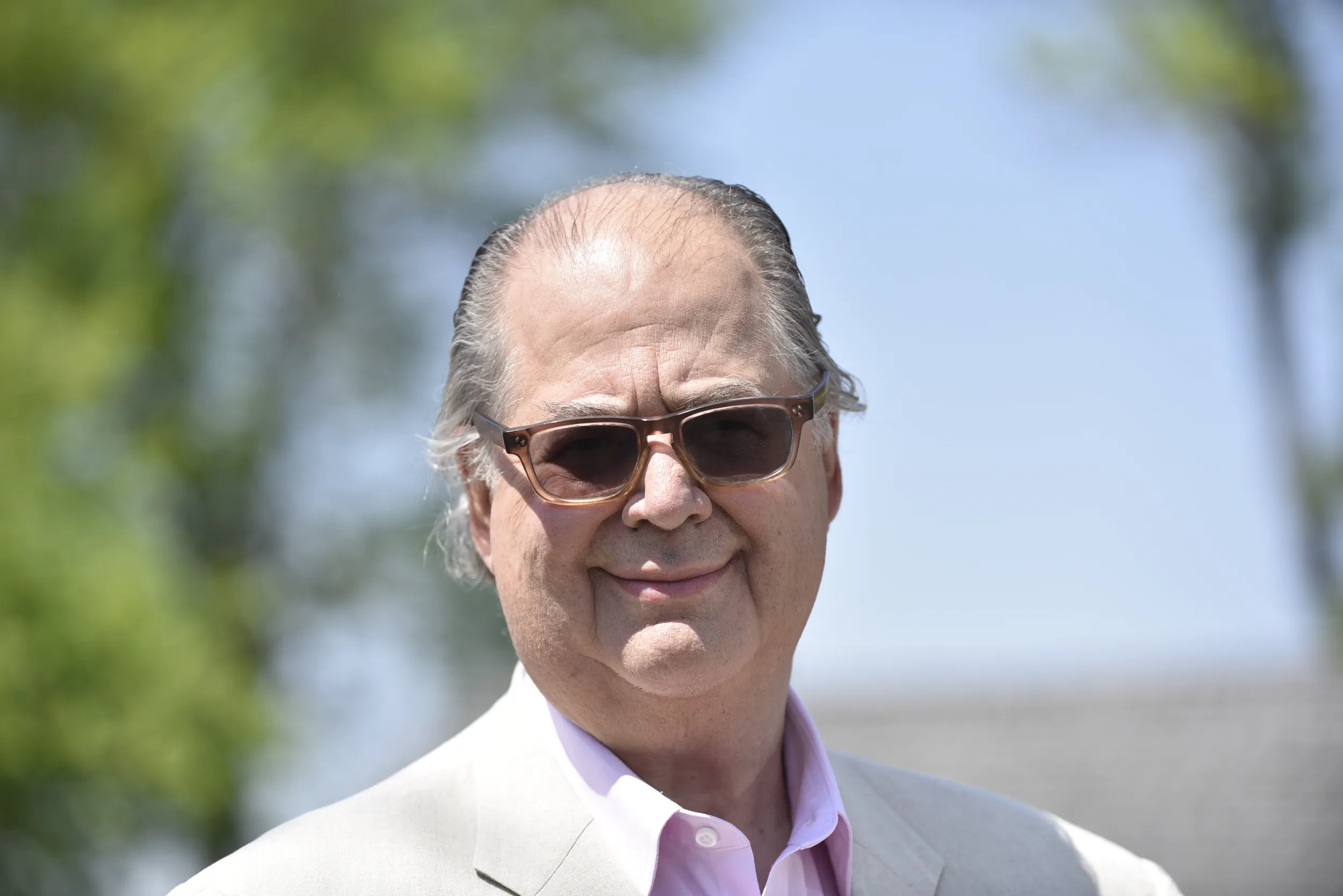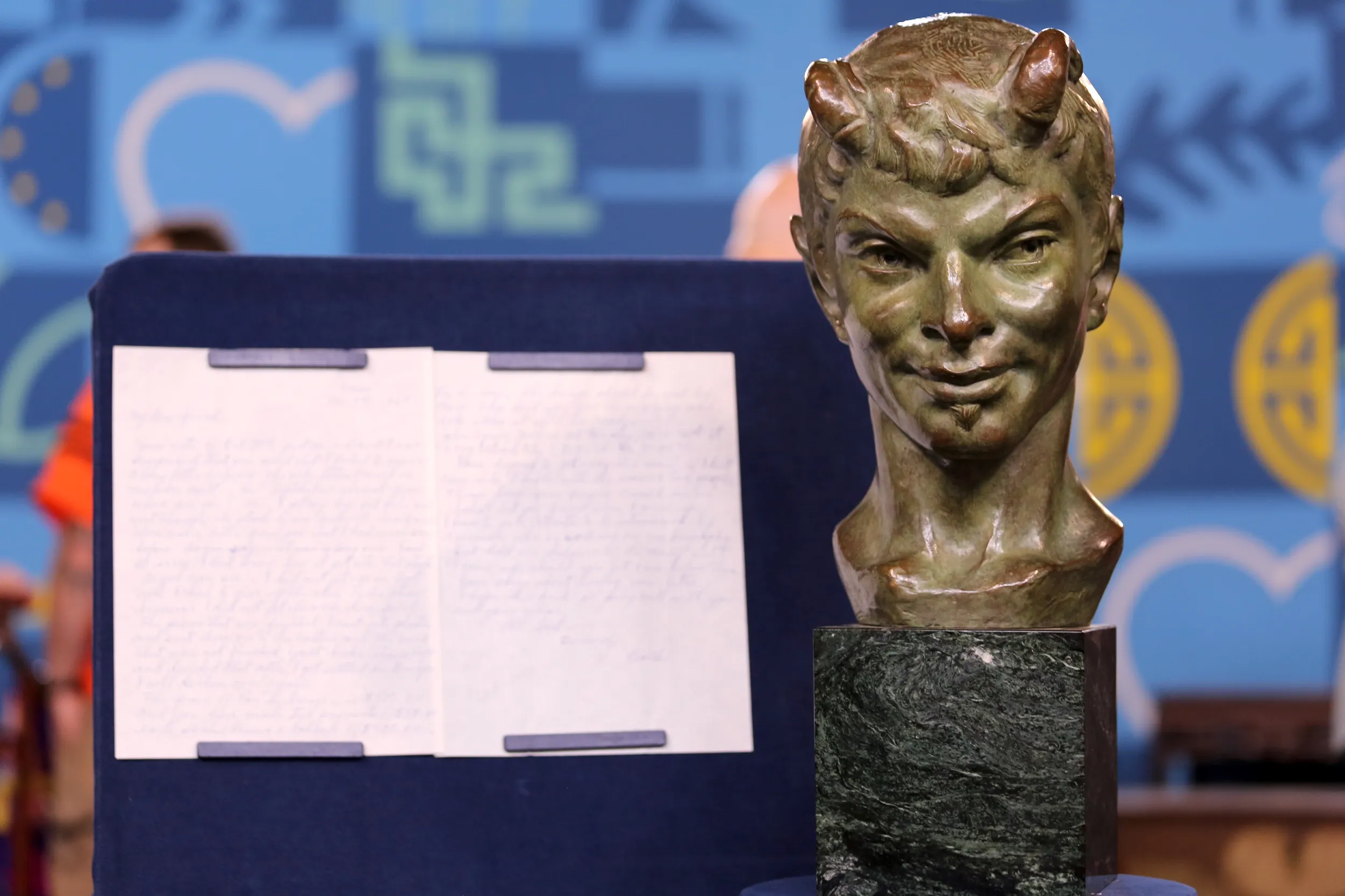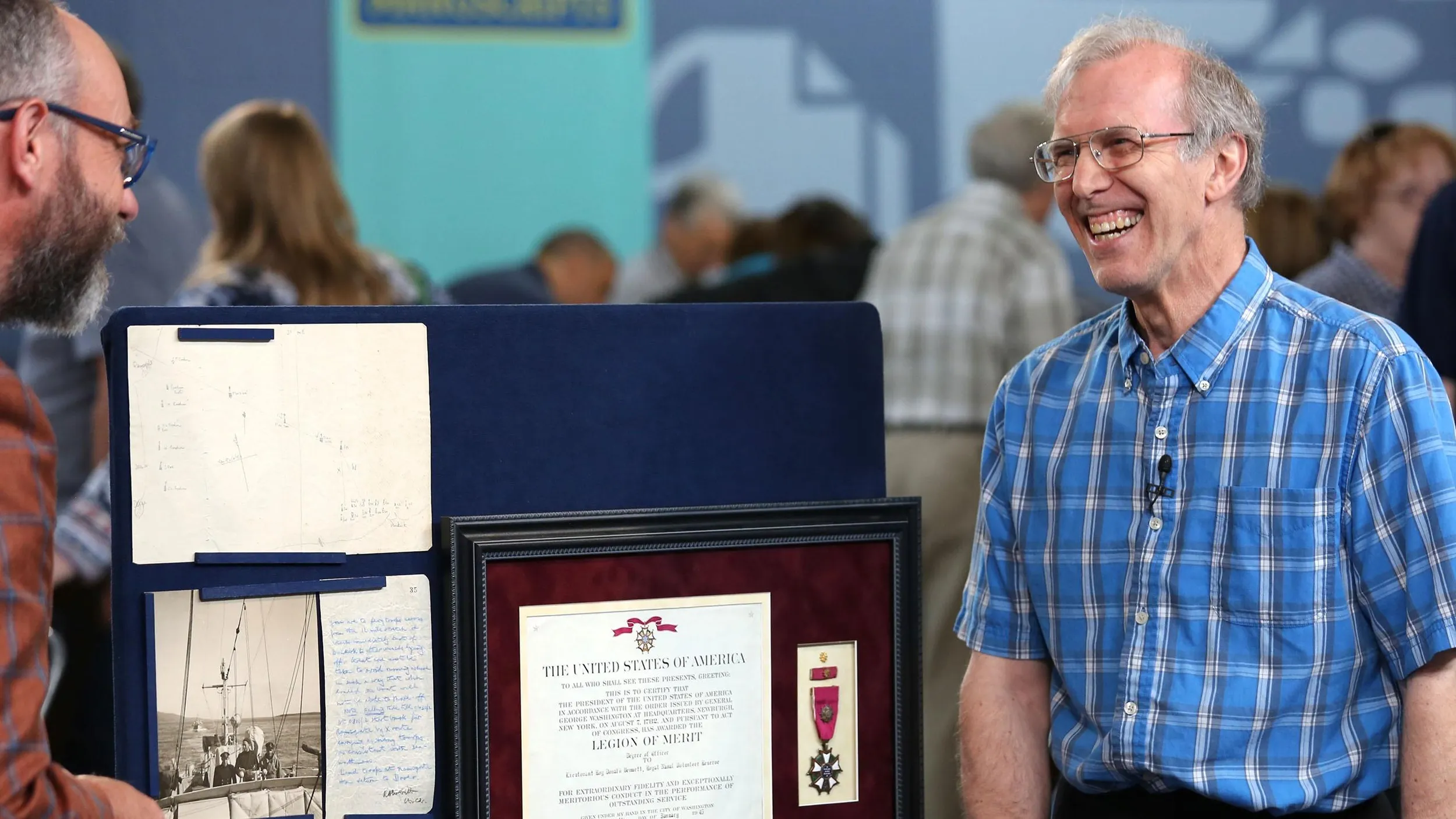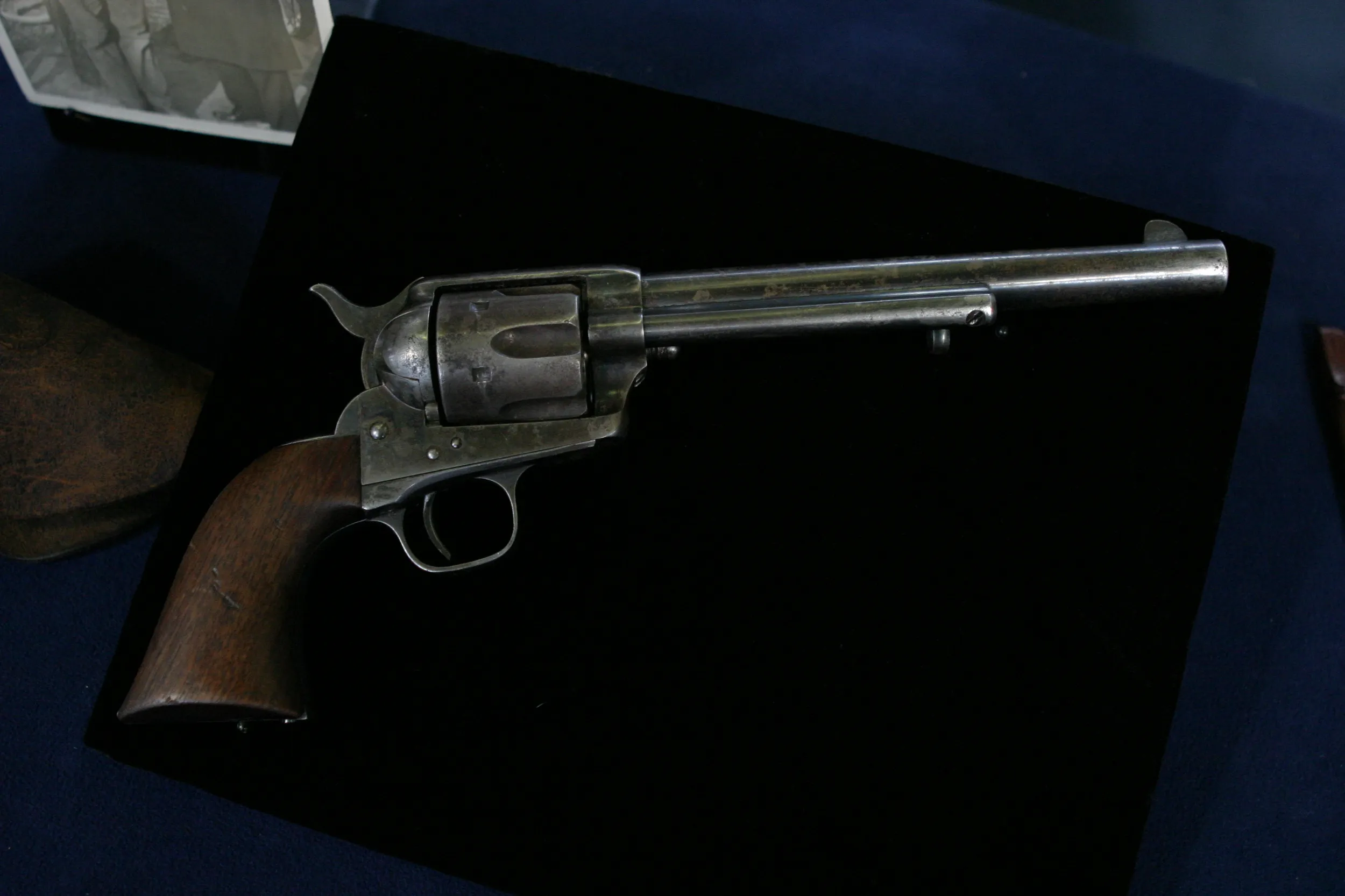APPRAISER: Robin, you brought in this wonderful sculpture by Richmond Barthé. How did you come to own this?
GUEST: My grandmother actually came upon his studio completely by accident while she was vacationing in Jamaica in the late '60s, found the beginning of this when it was in its infancy, and paid a deposit to have it completed. And she kept in touch with him via letters over the next couple of years. And when she finally got it, it was her pride and joy. She kept it in a place of honor everywhere she lived, and when she passed away, it came to me. My family, to be honest, was not super keen on him. They felt that his leer was a little off-putting. And I was the family member that absolutely loved it. The joke was when Nana passed away, wasn't who gets Pan, it was who's going to have to take care of him. And I volunteered because I... I think he's beautiful.
APPRAISER: Richmond Barthé was one of the leading African American artists of his day. He was born in St. Louis in 1901, and showed artistic talent early on. And he was encouraged by the priests in the local Roman Catholic Church, and he remained fairly devout throughout his entire life. He studied at the Art Institute of Chicago, the Pennsylvania Academy. He was enormously successful in his day. He had exhibitions, he received commissions for portraits and other public works, he won a Guggenheim Fellowship, and he was a member of a group called the Harlem Renaissance, which took place in Harlem in the 1920s and the early 1930s. It was a focal point for artists, for painters, for sculptors. It was really an incredibly exciting period for culture in New York City and is part of African American cultural history. An interesting thing about Barthé is he moved to Jamaica, and after he left Jamaica he went to Pasadena, California.
GUEST: Mm-hmm.
APPRAISER: And his career was really not doing that well. And he was partially supported by the actor James Garner.
GUEST: Oh, that's very interesting.
APPRAISER: Yeah. And Garner helped support him and also arranged for various of his works to be given to museums.
GUEST: Wow.
APPRAISER: It's very clearly signed here, on the back. And I think this depiction of Pan, with these little horns, is really beautifully done. The modeling is great, the casting is great, and the patina is wonderful. We do know what your grandmother paid for it.
GUEST: Yes.
APPRAISER: It's right here in the letter. $500 and this was in...
GUEST: 1969.
APPRAISER: 1969. The market for African American art has skyrocketed in the last five years. And Barthé was one of the leading African American sculptors of his time. In today's market, in a retail setting, I would put a price of between $15,000 and $25,000.
GUEST: (chuckling) Wow. My kids have been putting Christmas cracker hats on his head. I should maybe put him a little higher up so they can't reach him.











